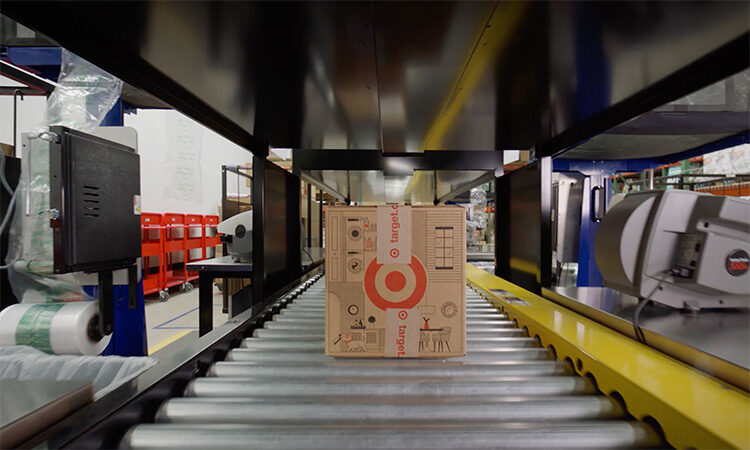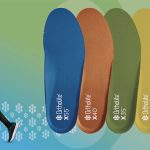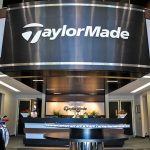Moody’s Ratings, in an update, said that while a pause in some tariffs lessens the profitability hit, it’s maintaining a negative outlook on the Global Retail and Apparel sector, as tariffs are expected to “materially” impact earnings through the first quarter of 2026, with apparel and footwear sellers particularly vulnerable.
Analysts led by SVP Christina Boni said U.S. trade policy “remains unsettled,” with the Trump Administration delaying the resolution of reciprocal tariffs proposed in April to August 1 from an initially set 90-day deadline of July 9.
“U.S. retail and apparel companies still face higher costs even at current tariff levels as the consumer environment remains difficult,” Boni wrote in the update. “The effect of tariffs will drag materially on earnings through at least the first half of 2026, since companies will have limited ability to raise prices without hurting demand.”
As companies sell through any inventory purchased earlier in 2025, profitability is expected to be increasingly pressured as retailers face challenges raising prices amid economic pressures.
Addressing the U.S. market, Boni said, “Affordability remains particularly critical for middle- and lower-income consumers. Lower consumer confidence, high absolute prices and geopolitical tensions all continue to weigh on consumer spending.”
Boni also noted that interest rates in the U.S. remain elevated, which weighs on larger discretionary and housing-related purchases. Employment is further “cooling,” with Moody’s Macro Board expecting U.S. unemployment to reach 4.3 percent by the end of 2025 and 4.5 percent for 2026.
Moody’s changed its range projection for the Global Retail and Apparel sector’s decline in EBIT, excluding online, to between 3 percent and 5 percent over the next 12 months, a reduction from its previous projection of an EBIT decline exceeding 10 percent.
The change in the EBIT range reflects the pause in reciprocal tariffs beyond the blanket 10 percent imposed in April, as well as the change in China tariffs from 145 percent to 55 percent currently.
Moody’s maintained its revenue growth projection in a flat to growth of 3 percent in 2025, reflecting “weak unit demand offsetting increased pricing to defray higher costs.”
Including online, the sector’s decline in EBIT is expected to be lower in 2025, at a 1 percent to 3 percent decline, with revenue growth expected in the range of 1 percent to 4 percent.
Larger, Diversified Operators Better Able to Absorb Tariffs
Moody’s said larger, diversified operators remain better positioned to mitigate additional tariff-related costs. Boni said, “The largest retail and apparel companies are finding ways to absorb higher costs from tariffs most easily, particularly for those with geographically diverse portfolios or that have diversified into other revenue streams. Companies are seeking out alternative sources for products, reengineering supply chains, or obtaining price concessions from vendors to minimize price increases. But even for the larger companies, the task of restructuring supply chains or reengineering products to use inputs more cost effectively can still impose higher near-term costs.”
U.S. Apparel/Footwear, Big-Box and Department Stores Vulnerable to Further Tariff Increases
Moody’s said that U.S. apparel and footwear, as well as big-box and department stores, remain the most exposed to current tariffs and vulnerable to further increases at the August 1 deadline. Boni said weak discretionary spending and the higher tariff-related costs are weighing on the profitability of big-box stores such as Best Buy and Great Outdoors Group, the corporate parent of Bass Pro and Cabela’s, as well as for department stores such as Kohl’s. She added that Nike and Under Armour “are heavily concentrated in technical apparel and footwear that is relatively difficult to move out of Asian manufacturing hubs, while heavy promotional activity in some of their assortment makes it harder to raise prices.”
On the positive side, companies such as Ralph Lauren and Levi’s “will benefit from their brand momentum, geographic diversification and ability to shift production over time,” said Boni.
The analyst also said value, off-price and auto retailers “will all perform more strongly, with positive EBIT growth.” Value retailers, fueled by strength at Walmart, “will particularly outperform, based on its scale and significant exposure to grocery, which has relatively low tariff exposure, along with competitive pricing, negotiating leverage with vendors, and supply-chain expertise supporting profitability in the segment.” Target is expected to face greater challenges due to its higher exposure to discretionary general merchandise sales. TJX Cos. and Burlington Coat Factory Warehouse are expected to benefit from their value offerings and domestic-focused sourcing.
Positive growth is expected for EMEA retailers but will still soften to the low-single-digit percentages in 2025 as consumers “stay cautious amid economic uncertainty,” according to Boni.
Image courtesy Target
















